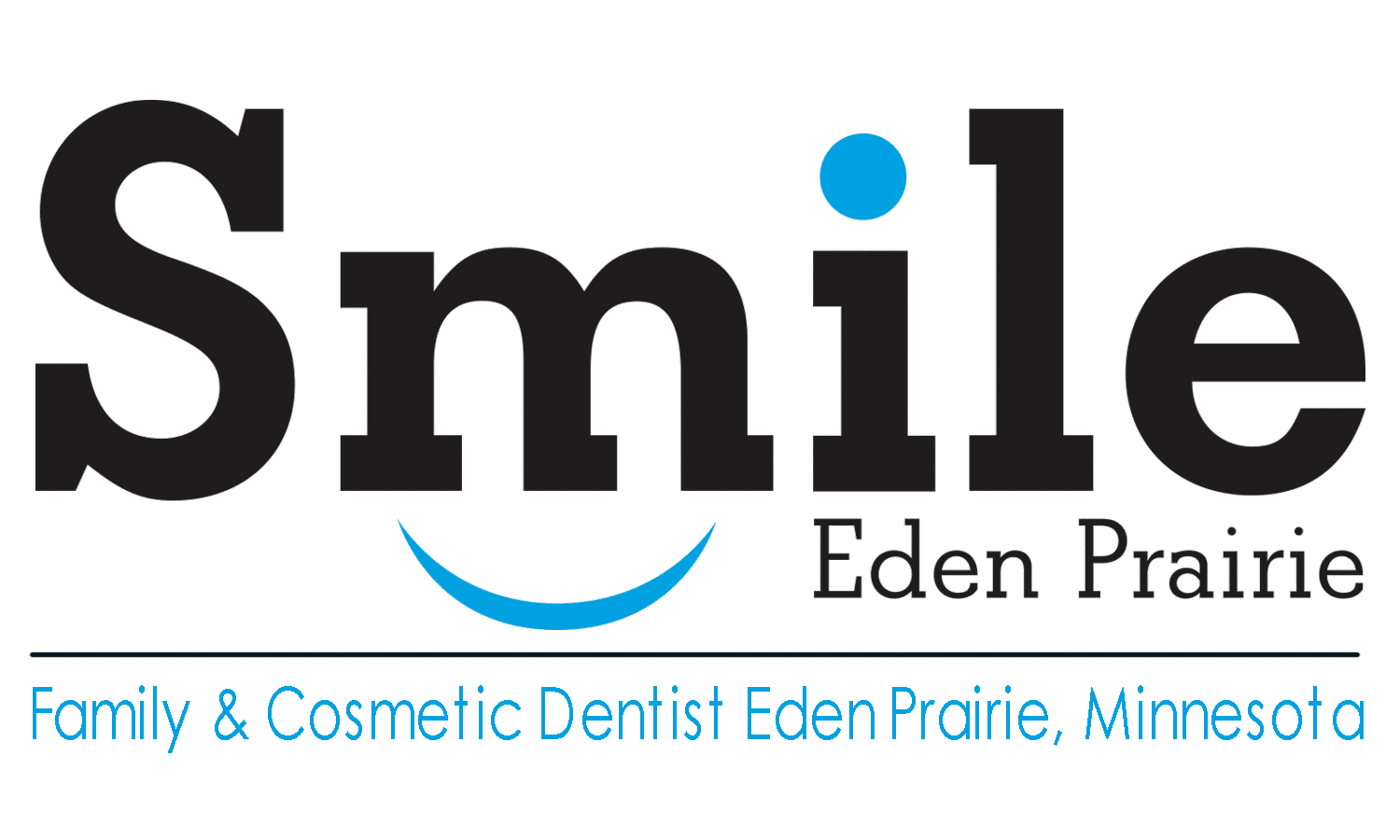General Dentistry Concepts: Mouthwash
Mouthwash, which is also called mouth rinse, oral rinse and mouth bath, is a liquid which is passively held in the mouth, swished around in the mouth or can also be gargled.
Mouthwashes are usually antiseptic solutions which aim to reduce the microbial load in the mouth. Other types of mouthwashes may be given for different reasons such as for their analgesic, anti-inflammatory or anti-fungal capabilities. Some rinses also act as a saliva substitute and are used to neutralize acid and keep the dry mouths moist. Cosmetic mouthrinses work to eliminate or reduce bad breath and leave the mouth with a pleasant taste.
Rinsing with water or mouthwash after brushing the teeth with a fluoride toothpaste, however, can reduce the presence of salivary fluoride. This can also lower the anti-cavity re-mineralization and antibacterial benefits of fluoride. Fluoridated mouthwash can help mitigate this effect or if it is in a higher concentration, can increase available fluoride. A group of experts found that although there was clear guidance given in many public health publications to spit, and avoid rinsing with water or excessive rinsing, they believe there was limited evidence to support this as a best practice.
Use
Common use of mouthwash involves using a few ounces to rinse the mouth. The wash is typically swished or gargled for about 30 seconds and then spit out into the sink. Most companies suggest to avoid drinking water immediately following the use of mouthwash. For some brands, the expectorate is stained, which allows the user to see the bacteria and debris. Mouthwash should not be used immediately following brushing the teeth to ensure it doesn’t wash away the beneficial fluoride from the toothpaste. The mouth should also not be rinsed out with water immediately after brushing.
Gargling is completed by tilting the head back, allowing the mouthwash run to the back of the mouth and exhaling, which causes the liquid to bubble. In some cultures, it is common for gargling to be done privately in a bathroom at a sink where the liquid can be rinsed away.
Benefits and side effects
The most common use for mouthwash is with commercial antiseptics. In this case, the mouthwash is used at home as part of a regular oral hygiene routine. Some popular commercial mouthwashes companies include the following: Cēpacol, Colgate, Corsodyl, Dentyl pH, Listerine, Odol, Oral-B, Sarakan, Scope, Tantum verde and Biotene. Mouthwashes combine various ingredients in order to treat a variety of different oral conditions. Ingredient variations are common as mouthwash does not have a standard formula to follow. The recommended use of mouthwash focuses on patient safety. Some mouthwash manufacturers claim that their mouthwash contains antiseptic and anti-plaque capabilities which kill the bacterial plaque that can cause cavities, gingivitis and bad breath. Dental professionals generally agree that the use of mouthwash does not prevent the need for regular brushing and flossing. The American Dental Association (ADA) states that regular brushing and flossing are sufficient in most cases, in addition to regular dental visits.
Minor side effects of using mouthwash is quite common. These side effects can include taste disturbance, tooth staining, a dry mouth sensation and others. Mouthwashes which contain alcohol can result in a dry mouth and worsen cases of halitosis. Soreness, ulcers and redness may also occur if the person is particularly sensitive to the ingredients in the mouthwash which may include preservatives, coloring, flavors and fragrances. These negative side effects can be reduced or eliminated altogether by diluting the mouthwash with water, using a different variety of mouthwash or avoiding the use of mouthwash entirely.

